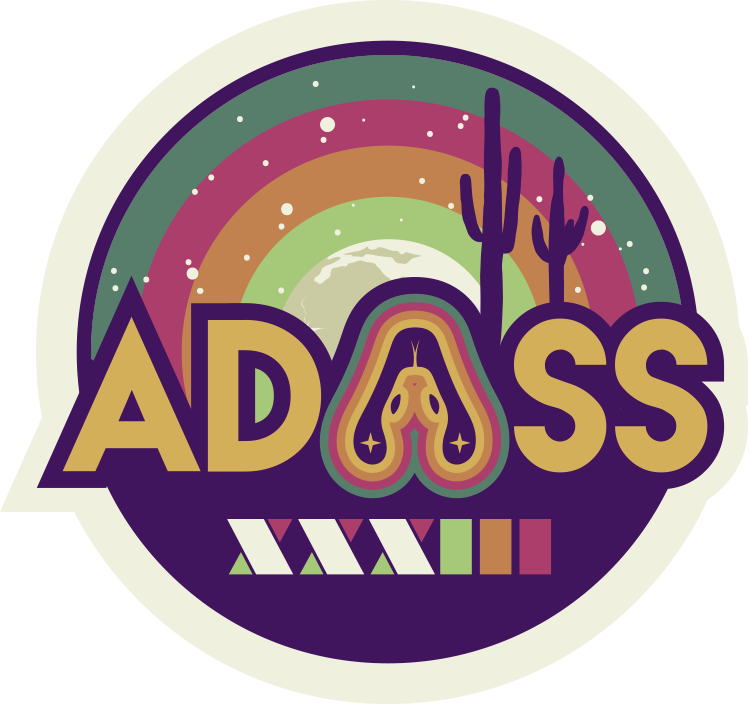Tuesday plenary 2: contributed talk
When
Where
Theme: AI in Astronomy
The emergence of deep Convolutional Neural Networks (CNNs) has brought about a significant shift in the realm of computer vision. There have been many successful applications of CNN architectures for various image-related tasks. Nevertheless, these architectures may not be the best choice for astronomical data. Despite the advancements in Deep Learning, the inner structure of neural networks and how they interpret and understand the world remains a black box. A deeper understanding of how exactly they distinguish available objects and patterns in order to accurately predict new data could enable us to create more efficient and effective models which we need for better processing of our data.
In this talk, we investigate the limitations of the current neural network architectures when applied to astronomical data. Our research and experience have revealed that the existing networks may not be well-suited for handling the unique characteristics of the astronomical data. Our findings suggest that there are multiple issues that could potentially impact the performance of these networks. Despite the investment in high-quality astronomical data in FITS format, existing neural networks are unable to fully take advantage of it due to limitations in handling JPEG-format images, resulting in the loss of valuable data early on in the pipeline. In addition, while there are ways to use the FITS files, such as converting them to Numpy arrays, there are some problems that need to be addressed when dealing with them. In many surveys, we used many filters for astronomical data. We can use only Grayscale or JPEG format may not fully capture the complexities of astronomical data. Additionally, the presence of nan values in the data can negatively impact the performance of the network.
To eliminate such and other problems, we used Gnuastro which is a software platform for processing astronomical data. Its extensive library makes it a suitable tool for tackling the challenges encountered in working with astronomical data. We have thoroughly explored these issues and are planning to use Gnuastro to implement a new architecture for the neural networks, which we hope will mitigate the existing problems with handling astronomical data.



